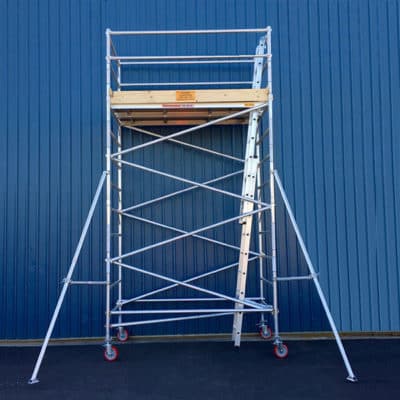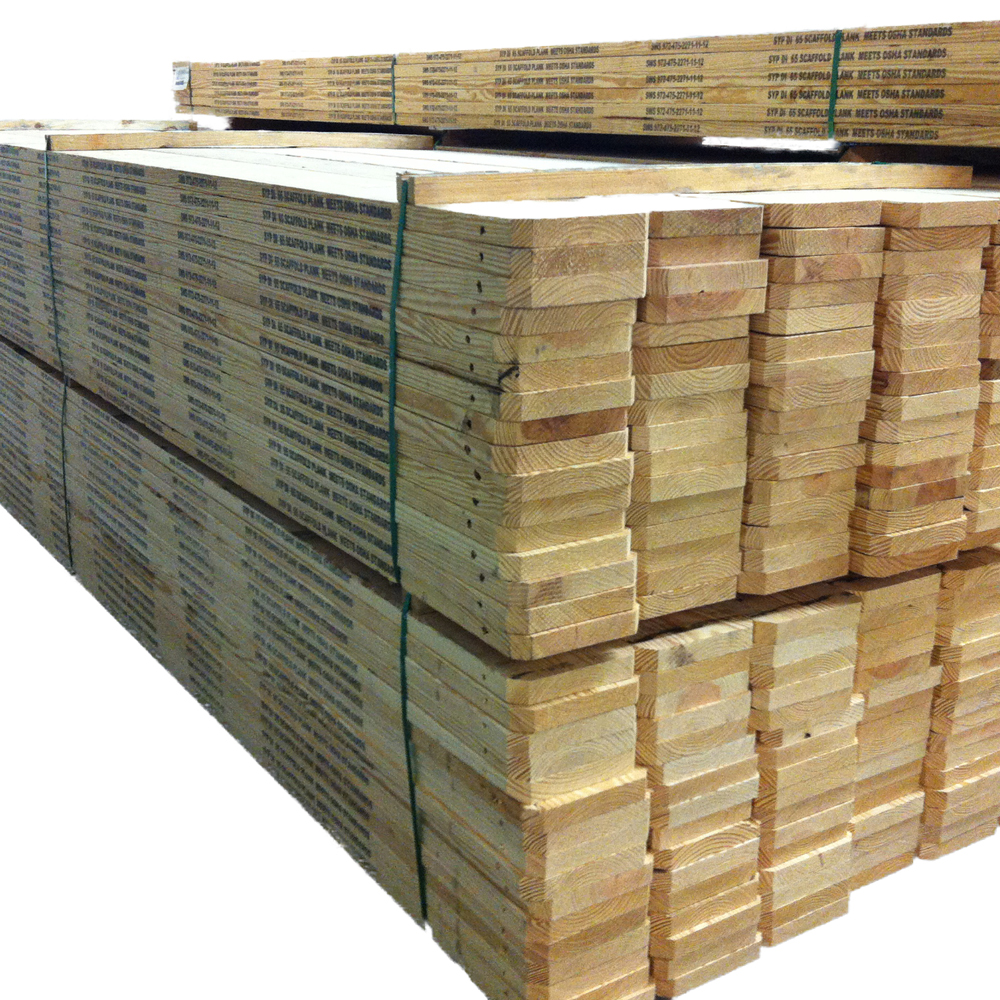Taking Full Advantage Of Performance with Efficient Scaffolding Layouts
Navigating the Legalities: Scaffolding Regulations You Should Know ==================================================================
Comprehending scaffolding regulations is important for security and compliance in construction. Adhering to OSHA standards is needed for lessening risks and making sure structural stability. Various scaffolding products and design variations exist to meet safety and security criteria. Appropriate documents, maintenance, and instant fixings are vital for continuous safety and security. Employee training and adherence to safety measures are essential components. Non-compliance can lead to legal repercussions, fines, and threaten employees' security. Familiarizing on your own with these regulations is critical for a secure workplace.
Relevance of Scaffolding Regulations
The adherence to proper scaffolding guidelines is critical in guaranteeing the safety and architectural honesty of building jobs. Regulative conformity and adherence to industry requirements are important to decrease dangers and prevent mishaps on building and construction sites. By adhering to these guidelines, building business can establish a risk-free workplace for their employees and service providers.
Regulative compliance describes the act of validating that all elements of scaffolding, from layout to installment and usage, satisfy the requirements stated by relevant authorities. These regulations are put in place to secure employees from potential threats and ensure that the scaffolding structures are tough and trustworthy. Falling short to follow these laws can cause penalties, lawful consequences, and, most significantly, threaten the lives of those servicing the construction site.
Industry standards, on the other hand, are guidelines developed by expert organizations or consensus bodies to ensure harmony and quality in building and construction methods. Adhering to these criteria not only assures the security of employees yet additionally adds to the general success and efficiency of construction tasks. Construction companies that focus on regulative compliance and market standards show a dedication to safety and quality in their operations.
OSHA Guidelines for Scaffolding
When it involves scaffolding safety and security, understanding OSHA guidelines is vital. OSHA security criteria set the requirements for scaffolding building and use.
These standards include scaffold inspection procedures and fall defense procedures to assure a risk-free workplace for building employees.
OSHA Security Specifications
Making certain compliance with OSHA security requirements is paramount in preserving a protected scaffolding environment on building sites. OSHA training is vital for all workers associated with putting up, dismantling, and working on scaffolds.
Proper guideline on the right assembly, disassembly, and safe use scaffolding is vital to prevent mishaps and assure the health of workers. Scaffold security is an essential focus of OSHA standards, stressing the requirement for safe and secure foundations, supporting, and correct weight distribution on scaffolds to prevent collapses or tip-overs.
Sticking to OSHA safety requirements not only promotes a more secure work environment yet also aids employers prevent pricey penalties and possible lawful problems. Proper training and attention to scaffold security are essential elements of keeping OSHA compliance and making certain worker safety and security.
Scaffold Assessment Needs
To preserve a safe scaffolding atmosphere on building websites based on OSHA guidelines, extensive scaffold evaluations are essential. Examination regularity plays a significant role in making sure the safety and security of employees and conformity with laws.
Normal maintenance checks are vital to recognize any type of prospective hazards or flaws quickly. Precaution, such as checking scaffolds before each job shift and after any event that can influence their structural stability, are important elements of scaffold examination requirements.
Conformity criteria established by OSHA has to be purely followed during these inspections to mitigate threats and prevent mishaps. By adhering to these guidelines, construction firms can develop a secure working environment and minimize the probability of scaffold-related incidents.
Fall Defense Procedures
Carrying out loss protection actions according to OSHA guidelines is essential for making sure the safety of employees on scaffolding frameworks. These measures include using guardrails, safeguard, and personal fall apprehension systems. Guardrails give a physical obstacle to avoid falls from raised platforms, while safety nets function as an important step to capture workers in case of a fall.
Personal fall arrest systems consist of an anchor factor, harness, and lanyard to stop an employee from hitting the ground in case of a loss. By integrating these fall protection gauges into scaffold design and usage, companies can greatly reduce the danger of injuries and fatalities arising from falls at construction sites, making sure a much safer work environment for all involved. scaffold tower
Kinds Of Scaffolding Structures
When it comes to scaffolding structures, comprehending the different types is important for ensuring safety and security and performance on building and construction websites. Scaffold material types, scaffold style variations, and safety and security demands conformity are key points that need to be carefully considered.
Scaffold Material Kind
Various types of scaffolding structures are generally made use of in building and construction projects to offer support for workers and materials at elevated heights. Scaffold product technologies have actually brought about the advancement of various scaffold kinds, such as steel, light weight aluminum, and fiberglass.
Steel scaffolding is long lasting and solid, making it appropriate for sturdy tasks. Aluminum scaffolding is lightweight and corrosion-resistant, perfect for jobs where mobility is crucial. Fiberglass scaffolding supplies electrical insulation homes, making it a secure selection for electrical job.
When picking scaffold products, essential effect factors to consider are necessary. Opting for environment-friendly products, such as recyclable light weight aluminum or sustainable wood, can help in reducing the building market's carbon impact. Stabilizing functionality with sustainability is essential when selecting scaffold product kinds.
Scaffold Design Variations
Different scaffold layout variants include a variety of specialized structures customized to specific construction demands and environments. These designs play a necessary role in making sure scaffold stability and load capability, vital for the safety and security of workers and the performance of building jobs.
Right here are three common scaffold layout variations:
- Solitary Pole Scaffolding: Makes use of upright supports at normal periods, ideal for light work.
- Cantilever Scaffolding: Jobs from a structure sustained on one end, perfect for working about barriers.
- Suspended Scaffolding: Hangs from the roof covering or a high structure, providing access to difficult-to-reach locations.
Each design variation need to fulfill sector standards to assure safety and functionality on building and construction websites.
Safety And Security Requirements Compliance
Guaranteeing adherence with security needs is extremely important when making use of different sorts of scaffolding frameworks in building jobs. Safety and security audits play a necessary duty in validating that scaffolding frameworks adhere to guidelines and standards to ensure a risk-free working environment.
Compliance training is essential for all personnel associated with the arrangement, usage, and taking down of scaffolding to guarantee they understand and adhere to safety methods. Different types of scaffolding frameworks, such as suspended scaffolds, sustained scaffolds, and airborne lifts, each have details security needs that need to be met to prevent crashes and injuries.
Examination and Maintenance Demands
Normal assessments and maintenance of scaffolding are vital to ensure safety and security and conformity with laws. Scaffolding maintenance needs to be conducted regularly to ensure the framework's integrity and protect against mishaps. Inspection procedures are crucial to identify any kind of prospective problems immediately prior to they escalate. Below are three bottom lines to take into consideration relating to evaluation and upkeep demands:
Arranged Examinations:. Implement a timetable for routine inspections by qualified personnel to assess the problem of the scaffolding. Inspections ought to occur before first usage, after any type of adjustments, and at normal periods during usage.
Paperwork:. Keep in-depth records of all examinations, consisting of days, findings, and any kind of activities taken. Proper paperwork aids track maintenance background and makes sure compliance with regulations.
Immediate Repairs:. Deal with any type of identified problems without delay. Any kind of damaged or compromised parts must be repaired or changed immediately to keep the safety and stability of the scaffolding structure.


Worker Training and Precaution
To make sure the safety and security of workers utilizing scaffolding, thorough training programs and rigid adherence to precaution are crucial. Employee training must incorporate thorough directions on exactly how to appropriately put together, use, and dismantle scaffolding, in addition to exactly how to determine and address possible hazards. It is crucial that all workers are educated on security protocols particular to the kind of scaffolding being made use of, including fall security procedures, weight limitations, and correct positioning of slabs and guardrails.
Safety and security procedures should be purely followed in any way times to avoid crashes and injuries. This consists of performing regular safety examinations, ensuring that all equipment is in great problem, and offering individual safety gear such as helmets, harnesses, and non-slip shoes. Workers must additionally be notified concerning emergency procedures and evacuation strategies in instance of unexpected occasions.
Legal Repercussions of Non-Compliance
Non-adherence to scaffolding policies can lead to severe lawful implications for both companies and employees. Failing to adhere to these guidelines can bring about significant effects that might influence the safety of employees and the overall success of a construction project. It is very important for all parties entailed to fully understand and adhere to the pertinent standards to stay clear of possible lawful issues.
Some key points to consider concerning the legal effects of non-compliance consist of:
Legal Ramifications: Violating scaffolding guidelines can result in lawsuit being taken against the responsible parties. This can lead to legal actions, penalties, and other charges that can be economically destructive.
Non-Compliance Penalties: Regulatory bodies may impose penalties on companies that do not comply with scaffolding regulations. These fines can differ in intensity depending upon the nature and extent of the offenses.
Staff member Safety: Non-compliance with scaffolding guidelines can threaten the safety and security and health of workers. In addition to legal repercussions, stopping working to focus on precaution can result in crashes, injuries, or perhaps fatalities.
Frequently Asked Questions
Can Scaffolding Regulations Vary by State or Area?
Scaffolding laws can certainly vary by state or region due to differences in conformity requirements and enforcement plans. It is necessary for construction business to remain educated regarding these variations to guarantee conformity with local regulations.
Exist Details Standards for making use of Scaffolding on Historical Buildings or Structures?
Preservation factors to consider for scaffolding on historical buildings entail complying with particular standards to assure heritage security. Special care should be required to protect the stability of these structures, commonly calling for professional appointment and adherence to conservation procedures.
Just How Often Should Scaffolding Structures Be Examined for Security Conformity?
Scaffolding frameworks should be inspected frequently for security conformity. Regularity of evaluations relies on laws, however generally, they ought to be checked prior to first use, weekly, after unfavorable weather condition, and after any modifications. Safety training is essential for all entailed.
Exist Any Particular Safety Measures or Educating Requirements for Employees Making Use Of Suspended Scaffolding?
Security training is necessary for workers utilizing suspended scaffolding. Routine devices maintenance is vital. Worker supervision ought to be continual, and clear emergency situation treatments need to be in location. Conformity with these steps guarantees a secure work environment.
What Are the Possible Liabilities for Contractors or Website Proprietors in Situation of Non-Compliance With Scaffolding Regulations?
Non-adherence to scaffolding policies can lead to serious lawful effects and monetary effects for service providers and website proprietors. It is vital to comprehend the obligations included, perform proper risk analysis, and preserve sufficient insurance protection.
Conclusion
In recap, adherence to scaffolding regulations is important for ensuring the security of employees and protecting against legal repercussions. By following OSHA standards, keeping and inspecting scaffolding structures frequently, supplying correct training to workers, and executing safety measures, companies can create a safe workplace.
Non-compliance with these regulations can cause severe lawful consequences, highlighting the importance of understanding and following scaffolding regulations.